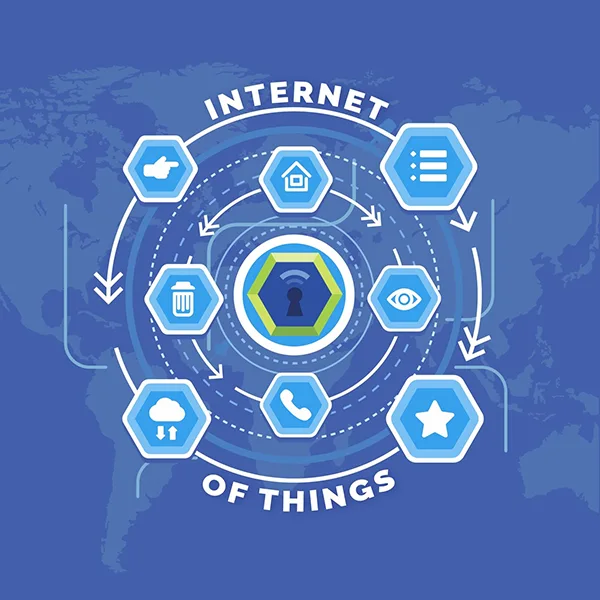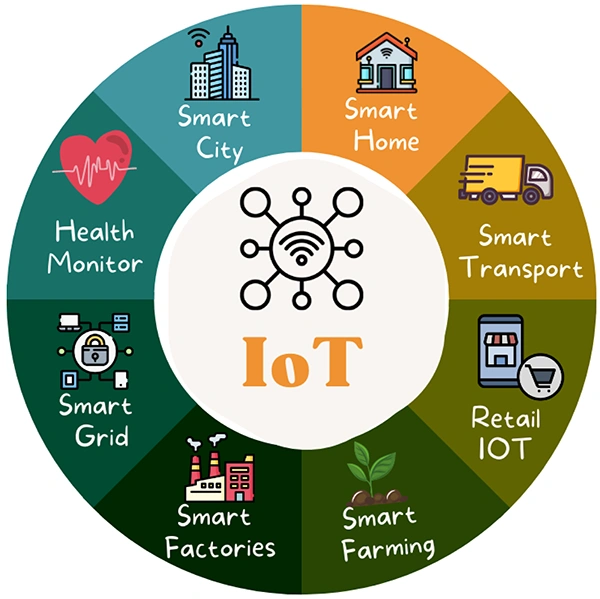
With the advanced technology, the Internet of Things (IoT) is being used more. IoT is a technology that connects devices to the internet and helps them communicate and connect to each other.
A famous quote by Brendan O’Brien says, “If you think that the internet has changed your life, think again. “The Internet of Things is about to change it all over again.” It’s true that IoT has been making significant changes and is now being used in our day-to-day lives.
Even tho it is a reliable technology, how else can we develop it further? In this article, we’ll learn embedded IoT development key techniques for reliable smart devices. These techniques will help enhance the IoT.
Battery life is one of the key attributes of any device. We always look for products with a good battery life so we don’t have to charge them on a continuous basis. IoT devices also require batteries, and you can determine the significance of fine batteries by acknowledging the rising consumption of IoT devices shown in the below-cited bar graph.

now we’ll learn how we can enhance their battery life through power efficiency:
IoT devices are used in nearly all sectors of healthcare, manufacturing, business, etc, and that makes security a profound aspect that can’t be neglected in any scenario.
Any negligence could cost companies valuable data, healthcare facilities might also lose some important records, etc.
Considering this, here are the imperative security solutions that must be taken into account:

Reliability and Backup are two of the major characteristics of IoT devices. Starting with reliability, a reliable IoT device won’t go haywire or harm anyone. There are ways to make the Internet of Things devices reliable.
For instance, while fabricating an IoT device use good hardware if you go for cheap options then in the future those devices will malfunction and harm someone financially or physically.
Test your device several times to look for failure patterns and work on it. Insecure network connectivity and finding anomalies. Apart from these, you have to pay attention to password management, software updates, and Using re-transmissions.
Now let’s talk about the backup system. You have to use a cloud storage system in your IoT devices, so the data is protected. On-premise data backup feature is also important, so the data is saved within an organization, this will reduce the chance of getting leaked.
Testing and verification are a must because this will make sure that the device is ready for the real world and can handle tasks as it should. Different types of testing need to be done:
DID YOU KNOW?
IoT is measured in zettabytes because of how much data it involves!
We’ve mentioned some of the best steps that could make your IoT devices more reliable. If you can follow these steps, you’ll be able to see some major changes. It’s safe to say the future of IoT is bright.
The Internet of Things will only be getting better in the future and is going to become essential soon enough. New devices are coming almost every day and companies are coming up with new ways to improve it.
